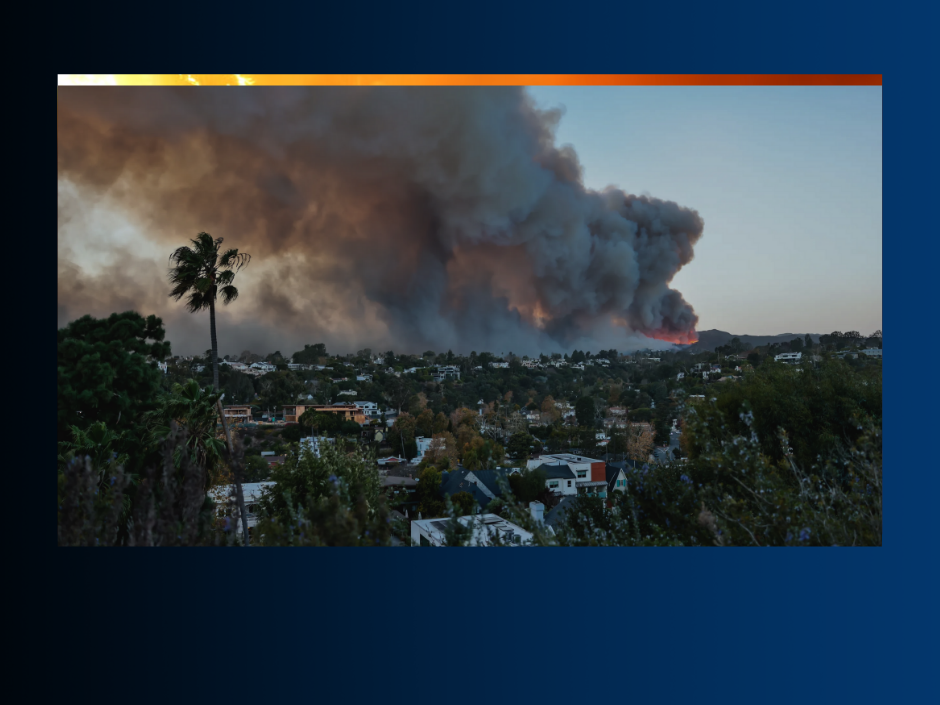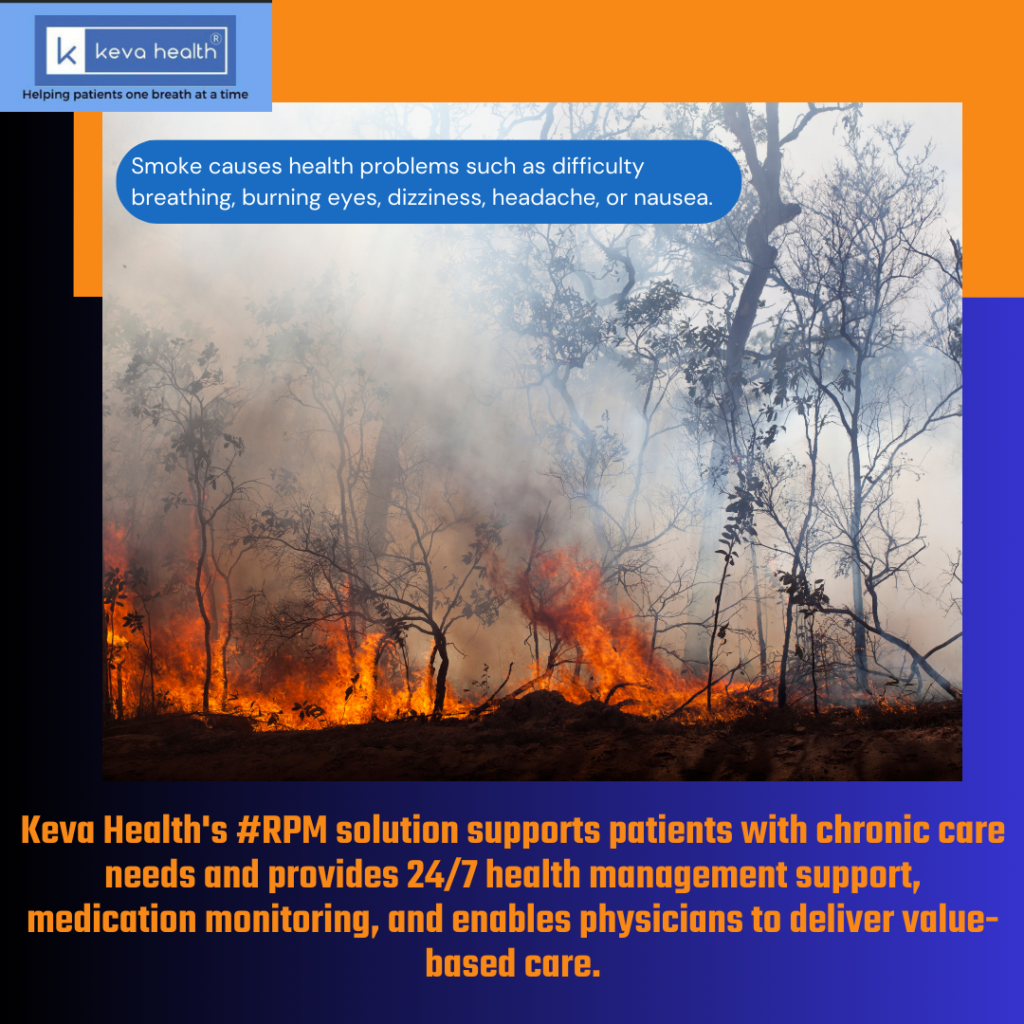
Keva Blog
Let’s explore the health and wellness journey together. Here are some useful blogs and articles for remotely managing your patients with respiratory illness. Should you want to share a story, please feel free to reach out to us at [email protected].

Telehealth for Asthma: Smart Tools for Self-Care
COVID 19 pandemic has really expedited use of Remote Patient Monitoring (RPM). There is a plethora of documentation about the access to care, cost savings, optimization of care etc. According to CDC, 90% of the nation's $4.1 trillion in annual health care expenditures are for people with chronic and mental health conditions. Chronic obstructive pulmonary disease (COPD) and acute asthma exacerbations are the most common respiratory diseases requiring emergent medical evaluation and treatment.

Asthma Analytics and the Importance of Digital Health
COVID 19 pandemic has really expedited use of Remote Patient Monitoring (RPM). There is a plethora of documentation about the access to care, cost savings, optimization of care etc. According to CDC, 90% of the nation's $4.1 trillion in annual health care expenditures are for people with chronic and mental health conditions. Chronic obstructive pulmonary disease (COPD) and acute asthma exacerbations are the most common respiratory diseases requiring emergent medical evaluation and treatment.

Los Angeles Wildfires: Saving Lives Through Timely Respiratory Care
Wildfires present serious health challenges, particularly for individuals managing chronic respiratory conditions such as asthma or COPD. Smoke from wildfires contains fine particulate matter (PM 2.5) that travels far beyond the fire’s location and can be present in the environment for a long time, penetrating deep into the lungs and even entering the bloodstream. These particles can intensify symptoms, causing airway inflammation and increasing the risk of complications. This blog provides some tips on staying safe.

The Importance of Multidisciplinary Care in Virtual Respiratory Illness Management
COVID 19 pandemic has really expedited use of Remote Patient Monitoring (RPM). There is a plethora of documentation about the access to care, cost savings, optimization of care etc. According to CDC, 90% of the nation's $4.1 trillion in annual health care expenditures are for people with chronic and mental health conditions. Chronic obstructive pulmonary disease (COPD) and acute asthma exacerbations are the most common respiratory diseases requiring emergent medical evaluation and treatment.

Reimbursement and Coding
COVID 19 pandemic has really expedited use of Remote Patient Monitoring (RPM). There is a plethora of documentation about the access to care, cost savings, optimization of care etc. According to CDC, 90% of the nation's $4.1 trillion in annual health care expenditures are for people with chronic and mental health conditions. Chronic obstructive pulmonary disease (COPD) and acute asthma exacerbations are the most common respiratory diseases requiring emergent medical evaluation and treatment.

Healthcare Heroes – The Many Doctors Who Help You with Your Asthma
COVID 19 pandemic has really expedited use of Remote Patient Monitoring (RPM). There is a plethora of documentation about the access to care, cost savings, optimization of care etc. According to CDC, 90% of the nation's $4.1 trillion in annual health care expenditures are for people with chronic and mental health conditions. Chronic obstructive pulmonary disease (COPD) and acute asthma exacerbations are the most common respiratory diseases requiring emergent medical evaluation and treatment.

The Benefits of Virtual Consultations for Patients with Respiratory Conditions
COVID 19 pandemic has really expedited use of Remote Patient Monitoring (RPM). There is a plethora of documentation about the access to care, cost savings, optimization of care etc. According to CDC, 90% of the nation's $4.1 trillion in annual health care expenditures are for people with chronic and mental health conditions. Chronic obstructive pulmonary disease (COPD) and acute asthma exacerbations are the most common respiratory diseases requiring emergent medical evaluation and treatment.

Asthma Management for Seniors: Debunking Myths & Embracing Smart Phone Technology
COVID 19 pandemic has really expedited use of Remote Patient Monitoring (RPM). There is a plethora of documentation about the access to care, cost savings, optimization of care etc. According to CDC, 90% of the nation's $4.1 trillion in annual health care expenditures are for people with chronic and mental health conditions. Chronic obstructive pulmonary disease (COPD) and acute asthma exacerbations are the most common respiratory diseases requiring emergent medical evaluation and treatment.

Quitting Early: Cessation Tips for Young Adults
Smoking cigarettes is a common issue. According to research, it is more difficult to quit smoking when your body has been relying on this foreign stimulus for a long time. This research published in Addiction in 2021 monitored thousands of smokers between 2002 and 2014 and found that younger users are more likely to successfully quit for at least 30 days of abstinence. That’s because older users are more likely to smoke heavily and may thus be less encouraged to make quit attempts. Cessation is always a challenging process, but an earlier quit attempt increases one’s chances for success. In this article, we go over a few cessation tips to help young adults in this journey.

Canada Wildfires: Do’s and Don’ts for Chronic Respiratory Disease Patients
As Canada battles devastating wildfires, the impact on air quality becomes a significant concern, especially for individuals with chronic respiratory diseases. Poor air quality can exacerbate symptoms and pose serious health risks. Millions of people in North America are facing health risks due to poor air quality, as toxic wildfire smoke from Canada drifts across the continent.